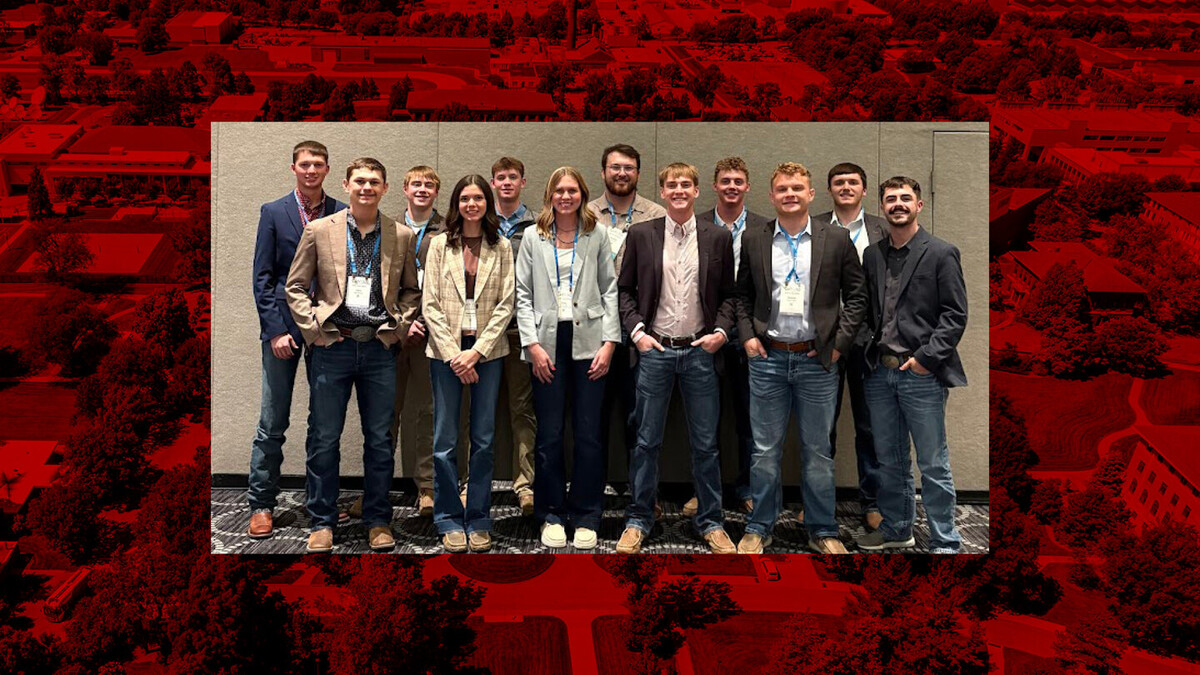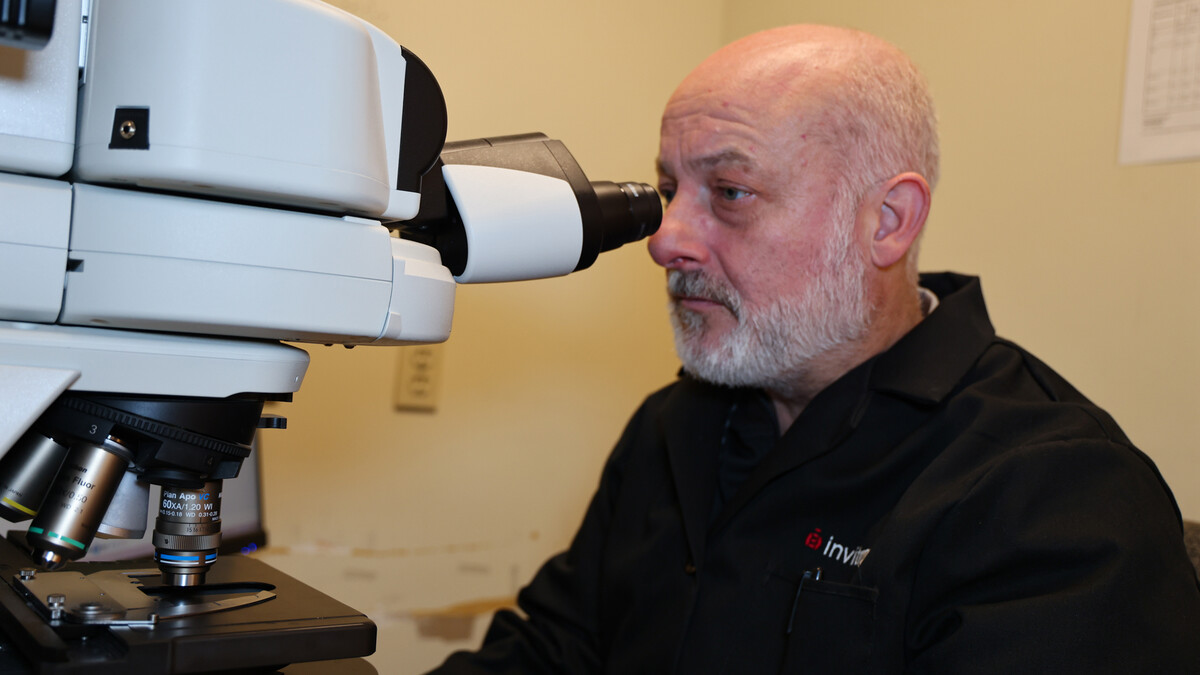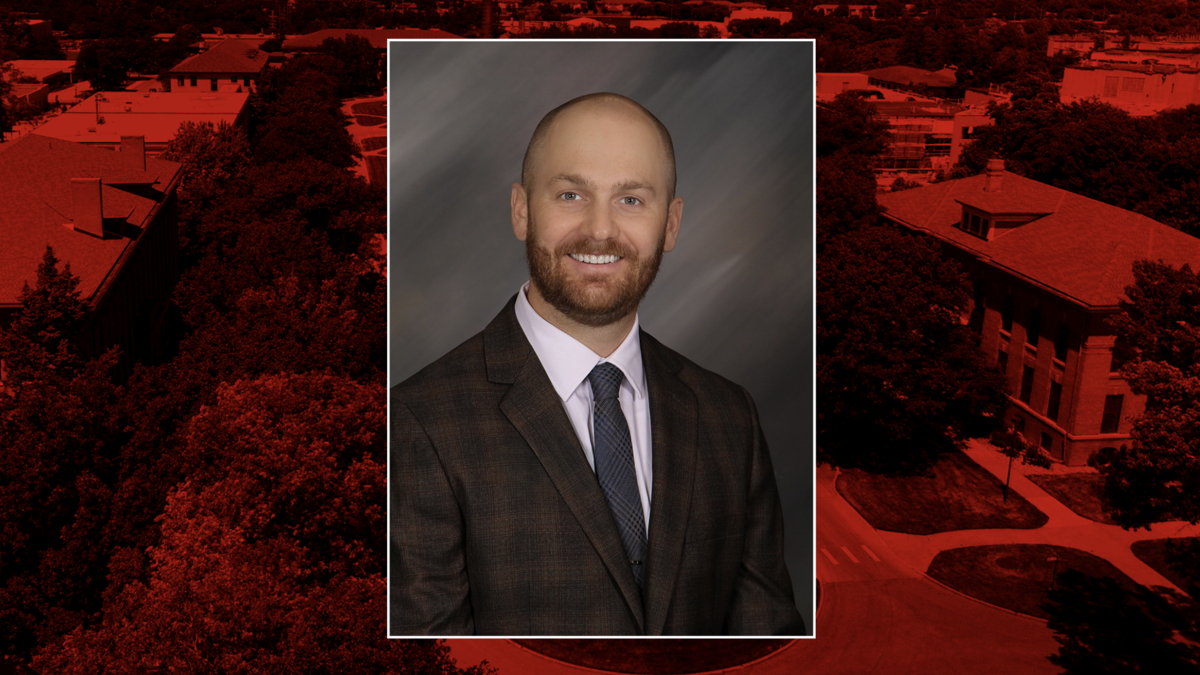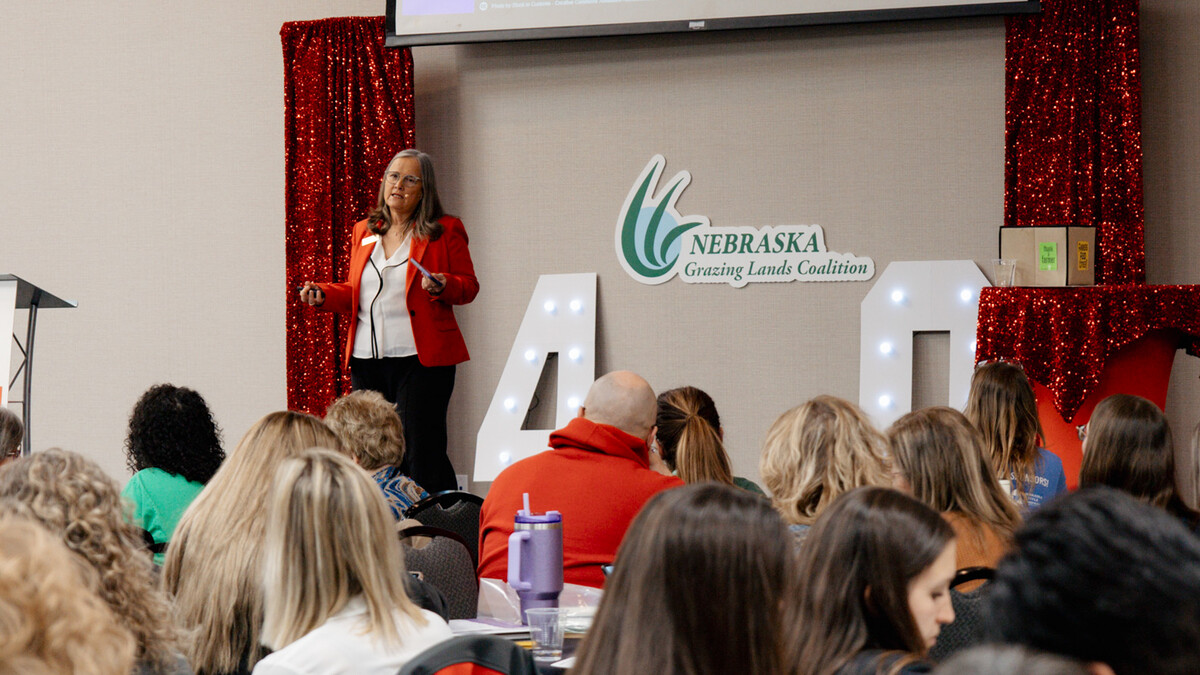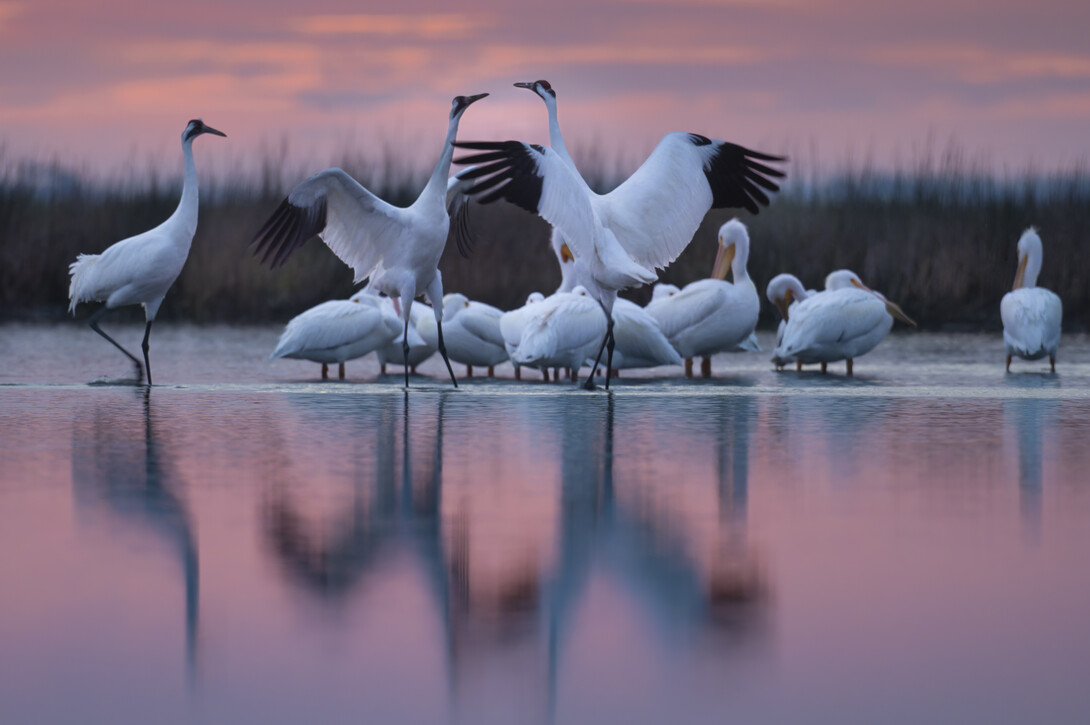
Lincoln, Neb. —Conservation photographer Michael Forsberg will talk about his latest project “Into Whooperland” at a Nov. 18 seminar. He is the featured speaker for the 3:30 p.m. talk sponsored by the Center for Grassland Studies at the University of Nebraska-Lincoln. The talk occurs in the Hardin Hall auditorium on UNL’s East Campus and is free and open to the public. A book signing and chance to meet the author will follow. The talk also will be livestreamed over Zoom at: https://unl.zoom.us/j/91274348434
Forsberg’s book, “Into Whooperland – A photographer’s journey with whooping cranes,” was published in October. It culminates Forsberg’s multi-year effort to document the lives of North America’s rarest crane species.
Photos and essays depict the rare cranes’ nesting, wintering and 2,500-mile annual migration from northern Canada to the Gulf of Mexico. The migration route crosses Nebraska, but images were taken all along the migration route.
Forsberg is an internationally known photographer who first established his reputation in Nebraska photographing sandhill cranes and Great Plains wildlife. Now he’s a research assistant professor and conservation photographer-in-residence in the School of Natural Resources at the University of Nebraska-Lincoln. He’s also co-founder of the Platte Basin Timelapse, a project housed in the school aimed at documenting the Platte River and its associated environs in Nebraska, Colorado, and Wyoming. He undertook the project independently from the university, with some private donations and other funding sources.
“Into Whooperland” is available for purchase at www.michaelforsberg.com/merchandise/intowhooperland
An accompanying website and podcast can be accessed at www.WhoopingCraneChronicles.com .
In 2019 Forsberg embarked on a plan to document whooping cranes for a book. He secured permits from multiple agencies in the United States and Canada, but his logistics and fieldwork were slowed by the Covid-19 pandemic, which limited travel.
A cornerstone of Forsberg’s project was to follow the cranes’ migratory flyway through the heart of the Great Plains – starting along the Texas Gulf Coast where they winter and flying by small plane north to Wood Buffalo National Park in northwestern Canada.
“Typically, stories on whooping cranes primarily focus on either Texas or Wood Buffalo,” he said. “I wanted to connect the dots of their migration up the middle and emulate their journeys as well as focusing on the landscape below.” He worked closely with the Whooping Crane Telemetry Partnership to accomplish this goal.
In the late 1940s, there were just 16 whooping cranes left in the world. Intensive conservation work has brought the species (Grus americana) to a population of about 850, inclusive of wild, experimental and captive populations. The cranes’ comeback is a guarded success, achieved through multistate efforts of hundreds if not thousands of conservationists, biologists, environmental activists, policymakers and bird enthusiasts. They are a symbol of the conservation movement and offer hope for other species of concern.
While most Nebraskans are familiar with sandhill cranes, few have seen or know much about whooping cranes, which also migrate through. Whooping cranes are 5-feet tall and bright white with black wingtips spanning 8 feet. Whooping cranes are the tallest bird in North America.
Whooping cranes breed in Canada’s Wood Buffalo National Park and nearby locations. It is Canada’s largest national park, straddling the provincial borders between Alberta and Northwest Territories. It’s a 34-hour drive to Wood Buffalo, some 2,154 miles from Forsberg’s home base in Lincoln.
Forsberg made more than 30 trips to photograph the birds with “camera in hand,” accompanied by field biologists, and at captive breeding facilities. Forsberg also spent time alone in blinds, often for days at a time. “I was fortunate to be able to intimately document their daily lives and different aspects of their natural history perhaps in ways people haven’t seen before,” he said.
The project culminated in an 8-day stay in a blind 4-feet x 8-feet x 4-feet observing and photographing a pair of cranes on a nest in Canada, ending when they hatched chicks in Summer 2023.
Forsberg estimates he made more than 100,000 still photos, captured 50 hours of video, and spent roughly 200 days in the field in the U.S. and Canada with crane biologists, habitat managers, private landholders, tribal members, and other self-described “craniacs.”

